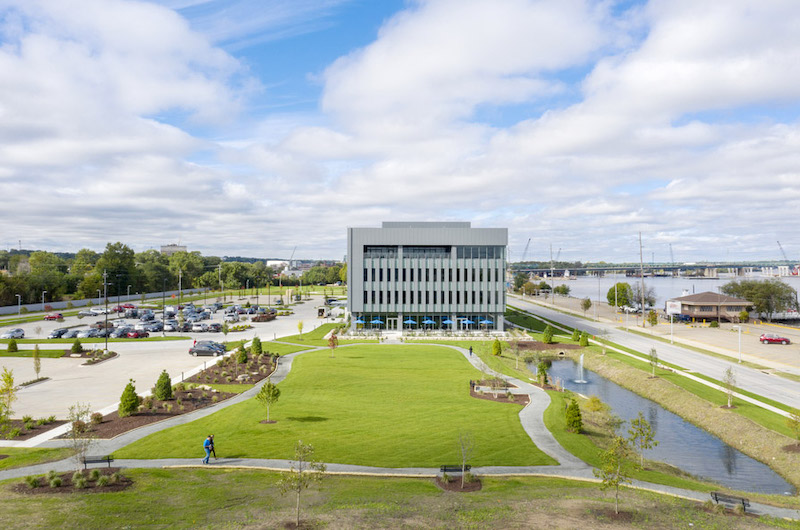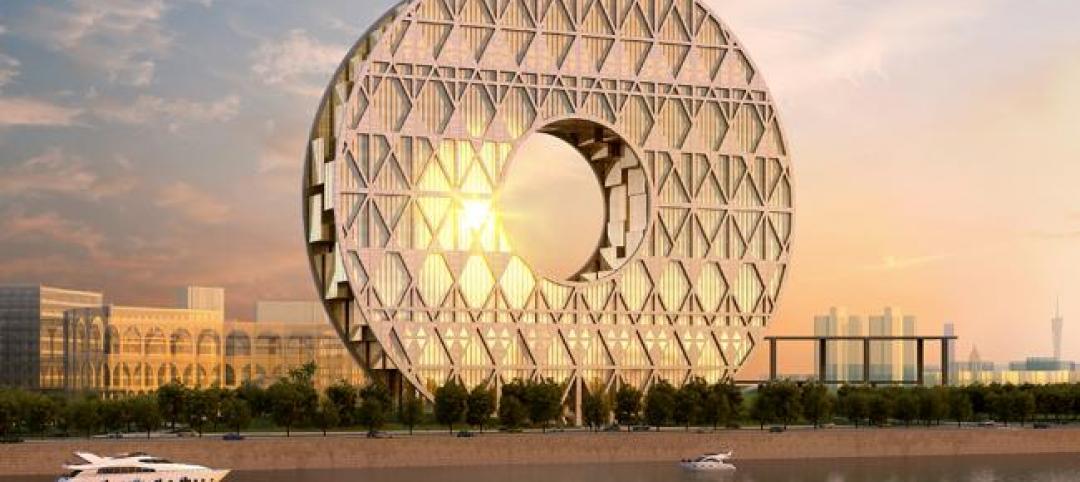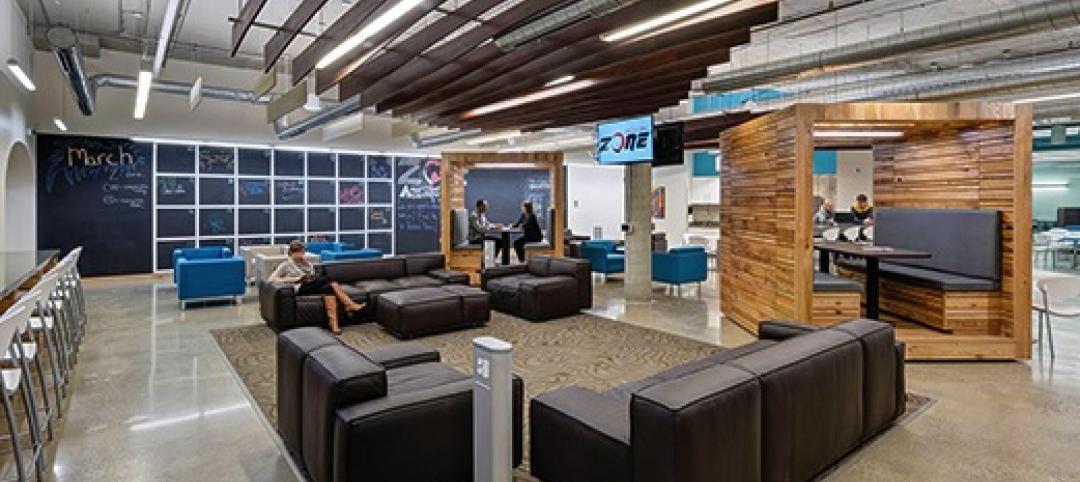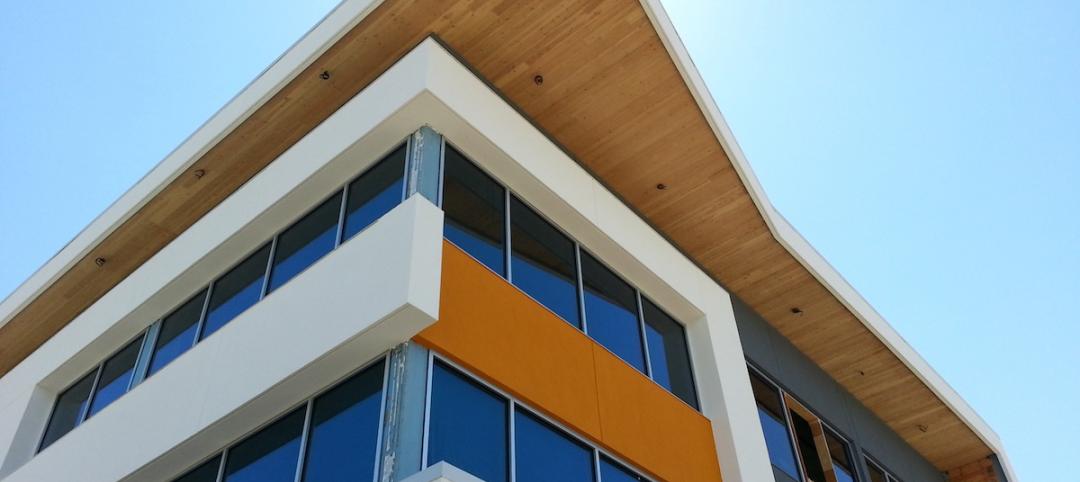You’ve made the jump. You took the risk and have officially set out alone, swimming against the current in an overwhelming sea of large corporations. Your ideas get legs, even take flight, and your workload begins to demand an ever-growing crop of new talent. You beef up your compensation offerings and benefits packages. You move into a new space and add a slew of amenities to attract the best and brightest in the industry. What could possibly go wrong?
For companies experiencing rapid growth, work-life balance can be a challenge to maintain, yet it remains a vital aspect of a healthy work environment.
There is an opportunity to create social opportunities within the workplace, while offering simple gestures that allow employees to more efficiently accomplish day-to-day life, customized to each individual.
Our workplace team at LEO A DALY aims to shape physical environments to allow these features to thrive. However, at the end of the day, many amenities are truly operational in nature and rely heavily on an owner’s long-term commitment.
As you set out on your quest to provide every available amenity to your employees, it can be overwhelming. We recommend prioritizing your desired amenities and considering the following principles to help employees maintain a healthy balance.
Redefine the traditional view of work-life balance
We spend a lot of time in our jobs. The 40-hour work week no longer exists. In fact, in today’s workplace, there is no longer such a thing as “after work.” Employees’ lives can exist largely within the office, or they can work remotely from home with little-to-no direct interaction with their co-workers.
Definitions of work-life balance are numerous and vary widely. This balance has been traditionally perceived as having equal time committed to work, family, hobbies, outside social events, etc. – doing whatever it takes to accomplish all things for all people. However, this balance is truly individualized. It is driven by each person and will vary over time, sometimes every day. The right balance for one employee will seem absurd to someone else. The right balance today may be different tomorrow.
Most importantly, striking that perfect balance has undeniable health benefits. Overly stressed employees can become susceptible to workplace burnout, increasing the potential for disengagement, errors, accidents, sick leave and eventually high turnover rates. To combat stress, service-based amenities can help employees reduce demands on their time. Social amenities can brighten their days, providing interaction and engagement. When employees feel balanced (by their own definition), they will be happy, healthy, productive and a shining example to recruit new top talent.
Understand the difference between service-based and social amenities
Service-based amenities make life a little easier. They are conveniences that would otherwise take time away from our day. They allow life to happen outside the workplace.
- During site selection, plan for access to public transportation.
- Coordinate internal ridesharing programs.
- Offer powerful Wi-Fi for untethered collaborative working.
- Strategically arrange healthy food selections for breakfast, lunch and dinner.
- Provide reusable flatware, plates and water bottles with filling stations throughout.
- Provide a staff concierge service for mail service and package delivery/reception, dry cleaning, last-minute grocery needs, airport travel.
- Staff a full-time handyman to complete odds and ends at employees’ homes, reducing the stress of at-home coordination.
- Set aside space for dedicated lactation rooms for new mothers and quiet rooms for private matters, no questions asked.
- Investigate childcare options: internal daycares, subsidizing nearby daycare centers.
- Provide temporary pop-up specialties: barber, hair stylist, clinic/health assessment services.
Social amenities are engaging, bringing people together to create a vibrant work culture. They activate interaction between employees, and potentially invite the community to join the experience. Employees engaged in their community only strengthen your culture. They create life inside the workplace.
- Activate common break areas with nearby circulation and seating variety.
- Provide coffee and other beverage options in common spaces to start the morning.
- Boost Wi-Fi capacity, and allow connectivity to personal devices.
- Create large multi-purpose spaces and encourage use by community groups.
- Integrate spaces for activity: gym equipment, group fitness, multi-purpose space, outdoor walking trails.
- Offer access to an on-site staff trainer and instructed classes.
- Provide locker rooms with showers and changing facilities.
- Create recreation spaces with video games, simulators, pool tables, foosball, etc.
- Incorporate a theater room.
- Provide access to snacks and beverages, alcoholic and otherwise.
- Partner with local retailers for ground-level access to coffee shops, boutiques, eateries, etc.
Designing for balance
You know your people, and you are the subject matter expert as we begin our work. LEO A DALY’s workplace team has the privilege to listen and learn about a new process with each new client. Direct collaboration with you leads to design for the right variety of service-based and social amenities, customized to your specific workplace culture. We craft experiences and curated views of workplace features. We create spaces that are flexible to adapt to new trends.
As you grow, be smart and prioritize the conveniences you offer, find the right mix of service and social perks to fit your culture and encourage employees to break the mold as they find their perfectly customized work-life balance. Healthy employees make for healthy companies.
Related Stories
Sponsored | | Oct 23, 2014
From slots to public safety: Abandoned Detroit casino transformed into LEED-certified public safety headquarters
First constructed as an office for the Internal Revenue Service, the city's new public safety headquarters had more recently served as a temporary home for the MGM Casino. SPONSORED CONTENT
| Oct 23, 2014
China's 'weird' buildings: President Xi Jinping wants no more of them
During a literary symposium in Beijing, Chinese President Xi Jinping urged architects, authors, actors, and other artists to produce work with "artistic and moral value."
| Oct 22, 2014
Customization is the key in tomorrow's workplace
The importance of mobility, flexibility, and sustainability in the world of corporate design are already well-established. A newer trend that’s gaining deserved attention is customizability, and how it will look in the coming years, writes GS&P's Leith Oatman.
| Oct 16, 2014
Perkins+Will white paper examines alternatives to flame retardant building materials
The white paper includes a list of 193 flame retardants, including 29 discovered in building and household products, 50 found in the indoor environment, and 33 in human blood, milk, and tissues.
| Oct 15, 2014
Harvard launches ‘design-centric’ center for green buildings and cities
The impetus behind Harvard's Center for Green Buildings and Cities is what the design school’s dean, Mohsen Mostafavi, describes as a “rapidly urbanizing global economy,” in which cities are building new structures “on a massive scale.”
| Oct 14, 2014
Proven 6-step approach to treating historic windows
This course provides step-by-step prescriptive advice to architects, engineers, and contractors on when it makes sense to repair or rehabilitate existing windows, and when they should advise their building owner clients to consider replacement.
| Oct 13, 2014
The mindful workplace: How employees can manage stress at the office
I have spent the last several months writing about healthy workplaces. My research lately has focused on stress—how we get stressed and ways to manage it through meditation and other mindful practices, writes HOK's Leigh Stringer.
Sponsored | | Oct 13, 2014
CLT, glulam deliver strength, low profile, and aesthetics for B.C. office building
When he set out to design his company’s new headquarters building on Lakeshore Road in scenic Kelowna, B.C., Tim McLennan of Faction Projects knew quickly that cross-laminated timber was an ideal material.
| Oct 12, 2014
AIA 2030 commitment: Five years on, are we any closer to net-zero?
This year marks the fifth anniversary of the American Institute of Architects’ effort to have architecture firms voluntarily pledge net-zero energy design for all their buildings by 2030.
| Oct 9, 2014
Regulations, demand will accelerate revenue from zero energy buildings, according to study
A new study by Navigant Research projects that public- and private-sector efforts to lower the carbon footprint of new and renovated commercial and residential structures will boost the annual revenue generated by commercial and residential zero energy buildings over the next 20 years by 122.5%, to $1.4 trillion.

















